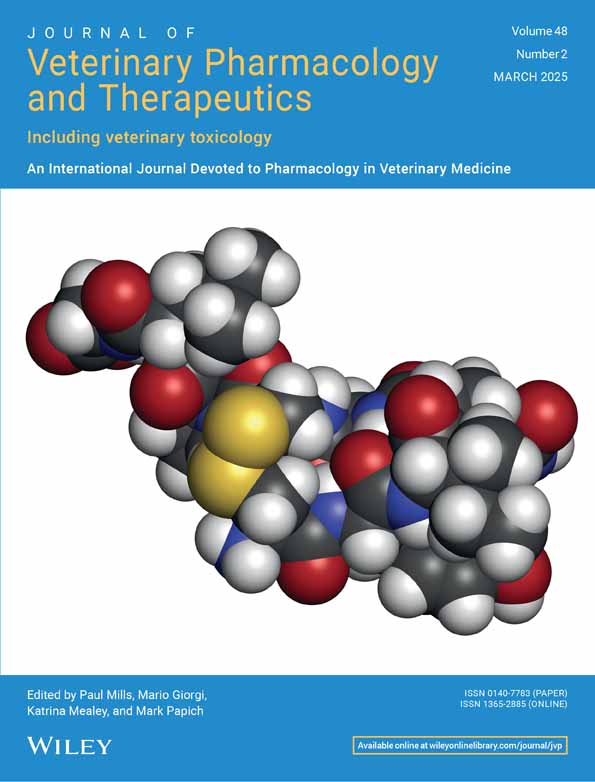Detection and Analysis of Florfenicol Residues and Metabolites in Nile Tilapia (Oreochromis niloticus) Tissues Post-Oral Administration in Tropical Waters
Funding: This work was supported financially by the São Paulo State Research Foundation (Fundação de Amparo à Pesquisa do Estado de São Paulo [FAPESP], grants #2021/08152-0, #2019/22775-0, #2022/00343-4, and #2022/08804-0) and Conselho Nacional de Desenvolvimento Científico e Tecnológico (CNPq, grant #304584/2021-5), as well as by the project CONTACT, which has been funded within the framework of the ERA-NET Aquatic Pollutants project.
ABSTRACT
Water temperature is a critical environmental parameter that significantly influences fish metabolism. This study assessed the metabolism of florfenicol (FF) in tilapia (Oreochromis niloticus) at water temperatures typical of tropical and subtropical regions. Fish were treated with FF by oral administration of a dose of 10 mg kg−1 bw for 10 consecutive days. Fish fillet, liver, and kidney were sampled during the treatment phase (1, 5, and 10 days) and posttreatment (1, 2, 3, and 5 days after the last FF administration). FF, florfenicol amine (FFA), monochloro florfenicol (FFCl), and florfenicol alcohol (FFOH) were determined in the sampled tissues using a validated LC–LC–MS/MS method. The highest FF, FFA, and FFOH concentrations were determined on day 5 during the treatment phase. For FF, the concentration order is kidney > liver > fillet, while for the metabolites FFOH and FFA, the order is liver > kidney > fillet. In fillet and liver, the concentrations of FFOH were higher than the FFA concentrations, indicating that FFOH was the primary metabolite in these tissues. FFCl was only quantified at concentrations lower than 90 μg kg−1 in all tissues. The results indicated that FF can be readily absorbed and rapidly eliminated in tilapia cultivated in warm water environments. This study revealed FFOH as the primary and most persistent metabolite in tilapia farmed in warm water, followed by FFA.
Conflicts of Interest
The authors declare no conflicts of interest.
Open Research
Data Availability Statement
Data will be made available on request.




